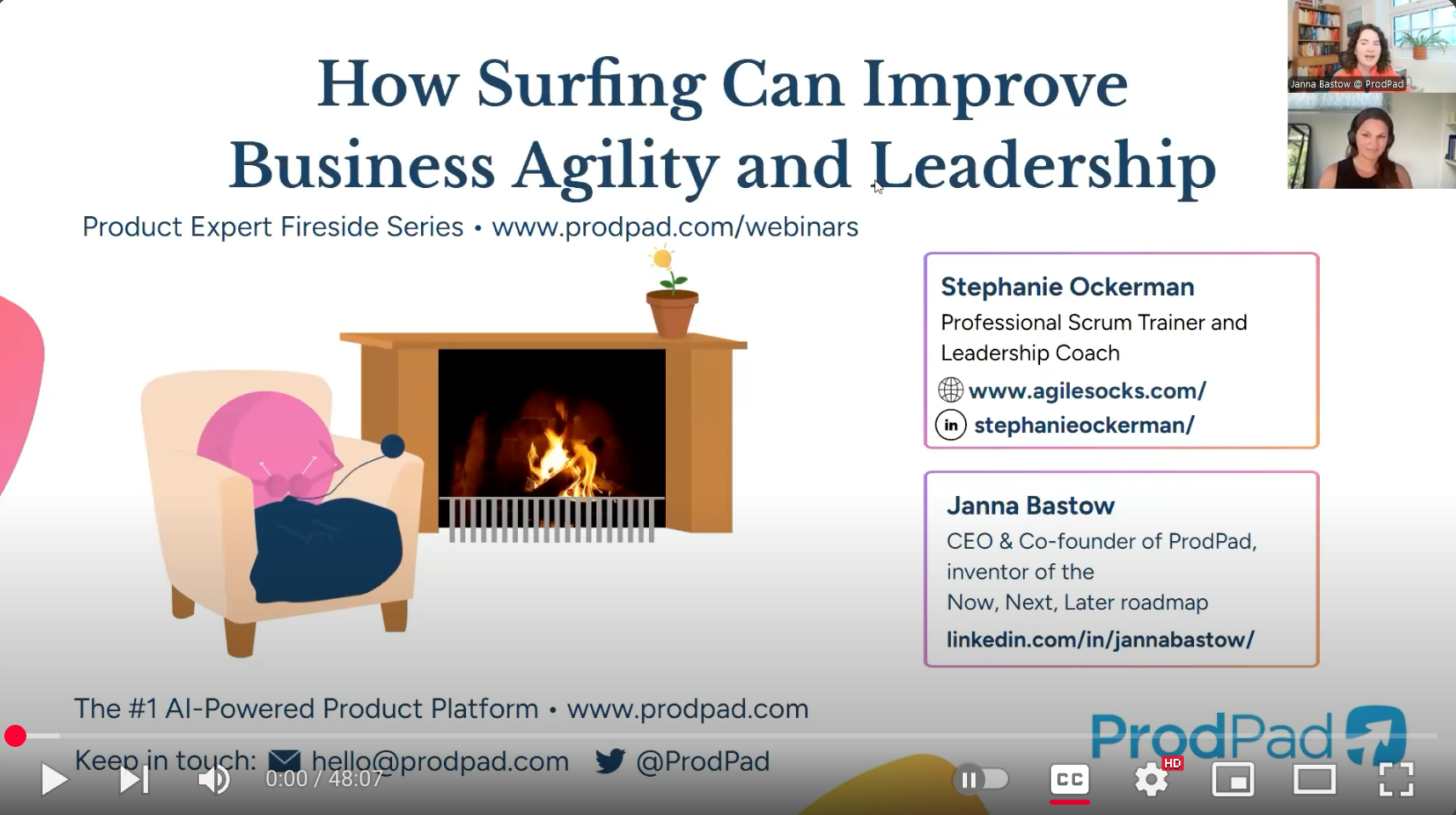
A common question I hear in Scrum training courses and in coaching sessions is, “how much Product Backlog refinement should we do and how much detail should be in the Product Backlog?”
First, let’s look at the Scrum Guide.
According to the Scrum Guide, Product Backlog refinement is theact of breaking down and further defining Product Backlog items into smaller more precise items. It involves adding details, size, and order to items in the Product Backlog. But Scrum doesn’t prescribe how you do it, and for good reason.
Refinement is an ongoing process. It never stops because requirements and opportunities never stop changing. Detailing everything up front would create waste and also delay the delivery of value.
Different products and different teams will have unique needs in terms of frequency, techniques, and level of detail.
Even the same Scrum Team working on the same product will need to evolve how they do Product Backlog refinement over time to fit new situations. Scrum Teams needs to figure out what works for them. So how do they do that?
Self-management and empiricism.
Apply the Goldilocks Principle to help a team experiment and find what works best for them through inspection and adaptation.

The Goldilocks Principle is about finding what is “just right” for you.
The goal is to balance gaining enough benefits from the activity while minimizing the potential waste.
Let’s first look at the 6 benefits of Product Backlog refinement:
Now let’s dive deeper into each of these to see how we can apply the Goldilocks Principle. I’m going to give you a couple of starter questions in each of these 6 benefit areas to help your team figure out if it’s too hot, too cold, or just right.
The Product Backlog is an artifact that helps provide transparency. It is the “single source of truth” for what is planned in the product. Adding details increases transparency to what you plan to deliver, as well as your progress.
Goldilocks Questions
When you clarify the details around value, the outcomes you are trying to achieve with the Product Backlog item (PBI) are more clear. Why do you want this? What is the user benefit? What is the business benefit?
This helps the Developers build the right thing to meet the need. This can affect what is requested, the estimate, and the order as the Product Owner and Developers figure out what is actually needed. This conversation creates a shared understanding.
Goldilocks Questions
You want PBIs to be small enough that you can complete more than one in a Sprint. Having more than one PBI in a Sprint gives the team some flexibility to meet a Sprint Goal and deliver a usable Increment.
Goldilocks Questions
Dependencies often turn into impediments and can grind a team to a halt. While you may not avoid them all, you should try to reduce them where possible. This is especially important for dependencies outside the Scrum Team. You can slice and split the PBIs in different ways. You can re-order, or you can collaborate with other teams to help resolve the dependency in advance. There are many options, and at the very least, you want the dependencies to be transparent.
Goldilocks Questions
A refined Product Backlog combined with historical information about the Scrum Team’s ability to deliver working product helps you forecast. Some products need to forecast several Sprints into the future to help communicate release expectations with stakeholders. Other products will not have a need to do forecasting beyond the current Sprint. Most products fall somewhere along this spectrum.
Related to forecasting, you also may need a refined Product Backlog in order to get funding. Scrum does not forbid up-front planning. Scrum simply says to consider your effort to do so, the potential waste, and the fact that you cannot perfectly predict the future in a complex domain no matter how much analysis you do.
Goldilocks Questions
Empiricism is about incorporating the learning you gain as you build the product, as you better understand how to realize the product vision, as you see changes happening in your environment.
Goldilocks Questions
You’ve discussed the Goldilocks questions about refinement benefits with the Scrum Team. (Sprint Retrospectives are a great opportunity to regularly have these conversations.) Now it’s time for the Scrum Team to decide how to adapt their process for Product Backlog refinement. There is a reason these are open questions and not simple yes/ no questions.
You are looking for balance, or that “just right” spot. You want to achieve enough of the benefits of refinement while minimizing your waste.
With the information gained from exploring 1-6, the Scrum Team can now consider these questions with the balance of benefits and waste in mind.
Goldilocks Questions



AGILE SOCKS is a registered trademark of Agile Socks LLC. Other marks used herein are the property of their respective owners. For more information see Trademark Notice in Terms & Conditions.